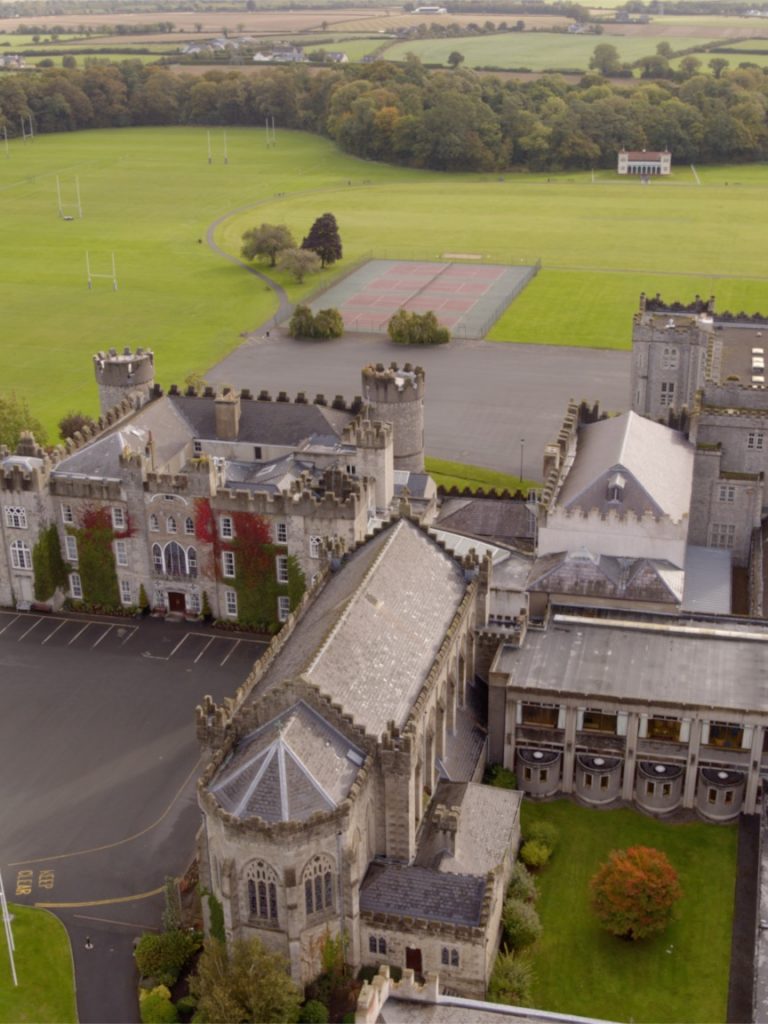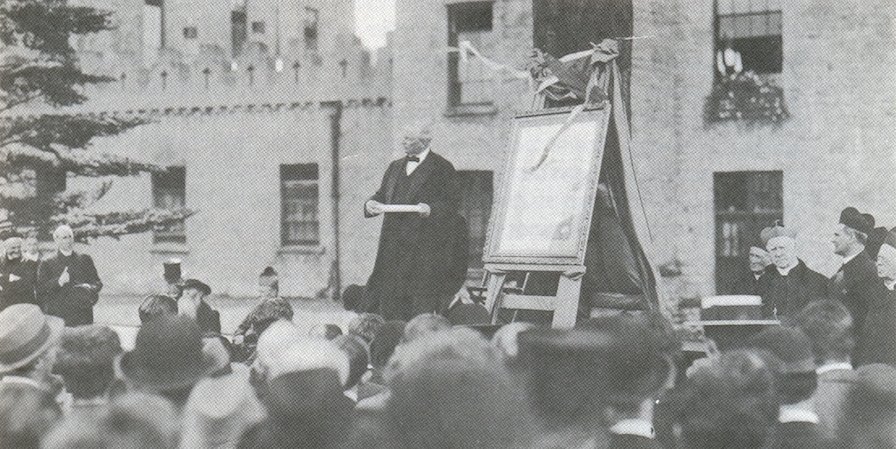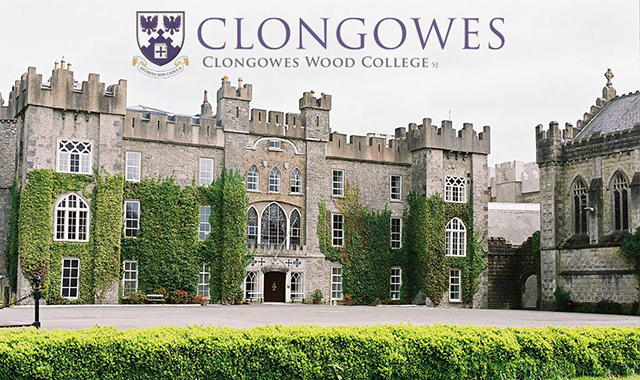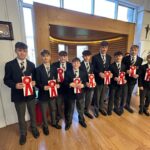By far the most famous Old Clongownian in 1914, when the school was a mere century old, was John Redmond MP, who died 100 years ago on March 6th 1918. Redmond was the guest speaker on Union Day that year (above), when it appeared that he was about to become the first Prime Minister of Home Rule Ireland. This was the Jesuit project in Ireland encapsulated in one person – the reason for which schools like Clongowes had been founded. It was like putting a man on the moon…
John Redmond (1856-1918), leader of the Irish Parliamentary Party, was born in Dublin, but grew up in County Wexford. In 1868-74 he attended Clongowes, where he excelled at acting and debating. He attended Trinity, but left without taking a degree and was called to the bar in 1886. In 1881 he was elected MP for New Ross for Parnell’s grouping, soon to be reconstituted as the Irish Parliamentary Party [and] from 1891 he sat for Waterford.
On his first day in parliament, Redmond made his maiden speech and was also expelled from the house. He became chief whip, and with his brother Willie toured America, Australia and New Zealand to raise funds for the party. Both Redmonds were jailed in 1888 for their role in the campaign to reduce agricultural rents. John supported Parnell after the party split in the wake of the O’Shea divorce scandal. He strove for reconciliation, and in 1900 he was unanimously elected chairman when the party reunited.
Redmond was a superb orator and proved a tough and an effective political leader. Debate, consensus and parliamentary activity were the hallmarks of his political career. He played a major role in securing the Wyndham Act, which allowed more than 200,000 tenants to buy their farms on reasonable terms [and] drove through the enactment of the Irish Universities Bill. His major objective to secure Home Rule appeared to have been achieved in 1914, but its implementation and the troubled question of Ulster’s exclusion were deferred by the outbreak of World War I. Otherwise, he would have headed the new Irish administration.
His support for the war – honourably intended, but arguably misjudged – split Irish nationalism. Huge numbers of Irishmen enlisted and died. These included more than 600 Clongownians who enlisted, of whom 95 died – their names appear on a brass plaque on the wall outside the Boys’ Chapel. Among them were Redmond’s own brother Willie and Thomas Kettle journalist, barrister, writer and Home Rule politician, both of whom saw service and met their deaths on the Western Front.
The deferment of Home Rule, the duration of the war, the 1916 Rising and the threat of conscription all brought about a sharp decline in Redmond’s public support. The death of his brother, Willie, was an added blow. His aspiration for a peaceful Irish settlement shattered, he died on March 6th, 1918 with his dreams in tatters and surely a broken heart. Mercifully for him he did not live to see the sea change in the Irish political landscape in the general election of that year in which his party was – literally – decimated and the terrible beauty of which Yeats had written was now in its infancy.
=========================================================================================================
The information above is largely taken from ‘Clongownians of Distinction, A Guide to the Serpentine Collection’ (2014), edited by Dr Harman Murtagh with some additional material by Declan O’Keeffe. More information on the men mentioned here as well as on many other notable past pupils may be found in the book, copies of which are available from Ms Margaret Doyle (mdoyle@clongowes.net) for €20, with all proceeds going to the Alberto Hurtado Bursary Fund.
‘The Clongownian 2014’ published an article by Tony Pierce, erstwhile teacher of history in Clongowes and proud Wexford man, that responded to two recently published volumes of biography on the man who would be Prime Minister. Click here for a copy.









